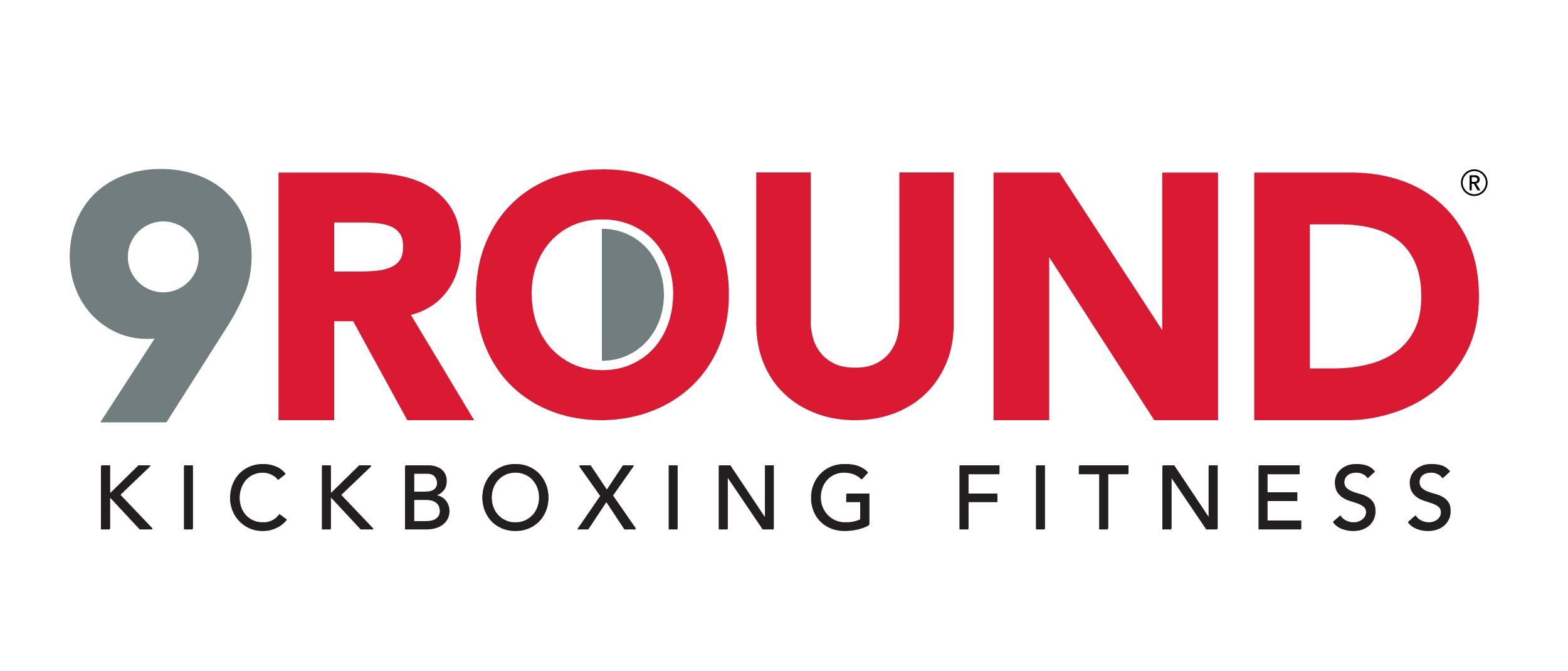The 30-Day Fasting Reset has three essential criteria: First, it must metabolically flex you in and...
FASTING EATING STYLES
If diet variation feeds your microbes, cycling your food feeds your hormones. The beautiful part of being a woman is that we have a hormonal pattern that we can cycle our foods to
With estrogen coming in in the first part of our menstrual cycle, we can go ketobiotic and thrive, and then once we hit the week before our period, progesterone wants more complex carbohydrates, so we can switch to hormone feasting foods. If you are a postmenopausal woman or don’t have a regular cycle, you can use the 30-Day Fasting Reset I lay out for you in Part III of this book to ensure that in a 30-day period you are properly cycling your food and fasts.
Our hormones cycle, and so should our food and fasts. We can use our hormones as a guiding star to tell us exactly how to do that.
I realize that cycling adds another level of comaplexity to your food choices. The beauty of being a woman is that there is nothing simple about your body. Remember, your hormones are your superpowers and when you cycle your food choices with your hormonal surges, you will magnify these powers.
Once you understand your hormonal patterns, you will see that cycling your food to match those patterns is fun, easy, and will make you feel limitless.
KETOBIOTIC EATING
Just like women need to fast differently, women need to do keto differently. Where a man can remove all carbohydrates and thrive on keto, women need more carbs and protein to make their sex hormones. When the ketogenic diet first became popular, I had some concerns. If you keep carbs to a minimum, where will you fit in vegetables and fruits? Nature has provided us with some incredible plant-based foods that dramatically support our health.
Yet low-carb living can do wonders for your blood sugar, ability to burn fat, and improve healthy estrogen production. In an attempt to bring all of these great food concepts together, I created a version of the ketogenic diet called ketobiotic. The macros of this version of keto are slightly different from a traditional ketogenic diet.
The “biotic” part of ketobiotic is critically important not only to enhance your microbial fitness but to get in the necessary food to feed the microbes that help you break down estrogen for detoxification.
Here’s the simplest way to understand ketobiotic eating: You eat protein, a variety of vegetables and fruits, and load up on good fat. The rules for ketobiotic eating are as follows:
- Consume no more than 50 grams of net carbohydrates per day.
- Focus on natural carbohydrates such as vegetables and greens.
- Consume no more than 75 grams of clean protein per day.
- Greater than 60 percent of your food should come from healthy fats
The benefits of ketobiotic eating are plenty. First, if you are looking to lose weight, the ketobiotic diet keeps glucose low, letting you switch into your fat-burning energy system much quicker. This also supports optimal estrogen production. Ketobiotic also takes into account a woman’s need for more vegetables. Both your liver and gut thrive on vegetables. These two organs are essential for detoxification of harmful estrogens, so you want to make sure you are supporting them nutritionally.
Another reason this style works so well for women is the surge of ketones it triggers. Ketones heal, especially the master hormonal control center of your brain, hypothalamus, and pituitary. Ketobiotic provides you a beautiful combination of keeping glucose low, supporting your liver and gut, and using ketones to fuel your brain.
HORMONE FEASTING FOODS
One of the challenges that many women faced when the ketogenic diet became popular is that they stopped eating foods that supported progesterone production. Hormone feasting foods bring these key nutrients back into your diet, boosting progesterone to elevate your moods, giving you better mental cognition, and helping you sleep better at night.Hormone feasting foods are higher in carbohydrates. This purposely provides you with more nutritional support to produce progesterone. Hormone feasting days are going to increase your blood glucose levels and most likely will kick you out of ketosis. This is intentional. This is important for progesterone production. Hormone feasting also allows you to eat more fruits, including berries, apples, citrus, and tropical fruits, giving your gut microbes new fuel that it does not get on your ketobiotic days.
The rules for hormone feasting days are as follows:
- Consume no more than 150 grams of net carbs per day.
- Focus on nature’s carbohydrates such as root vegetables and fruits.
- Consume no more than 50 grams of protein per day.
- Consume healthy fats as desired.
Excerpt From
Fast Like a Girl
Dr. Mindy Pelz




